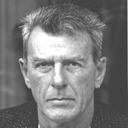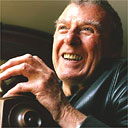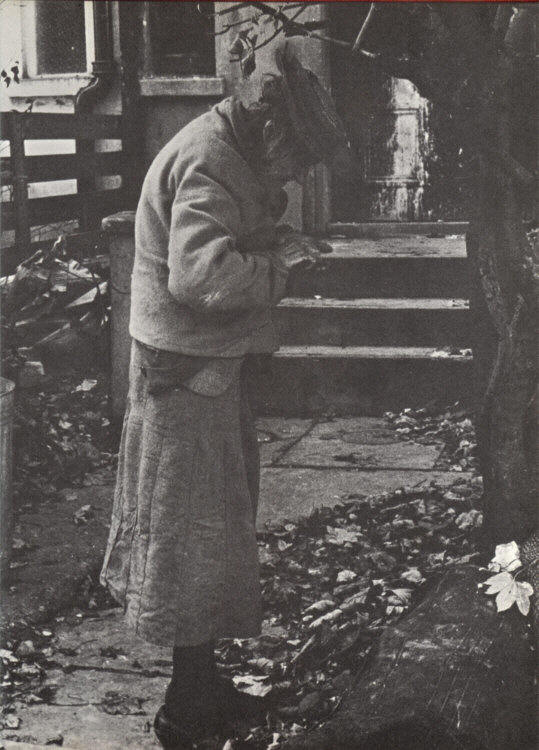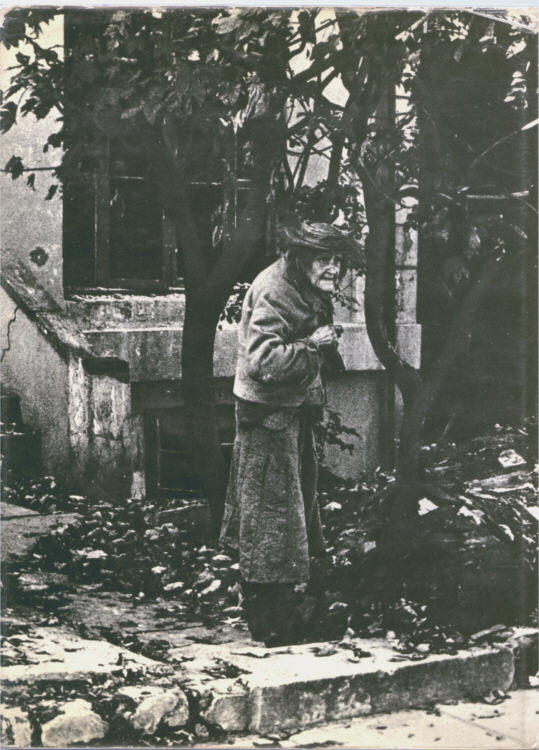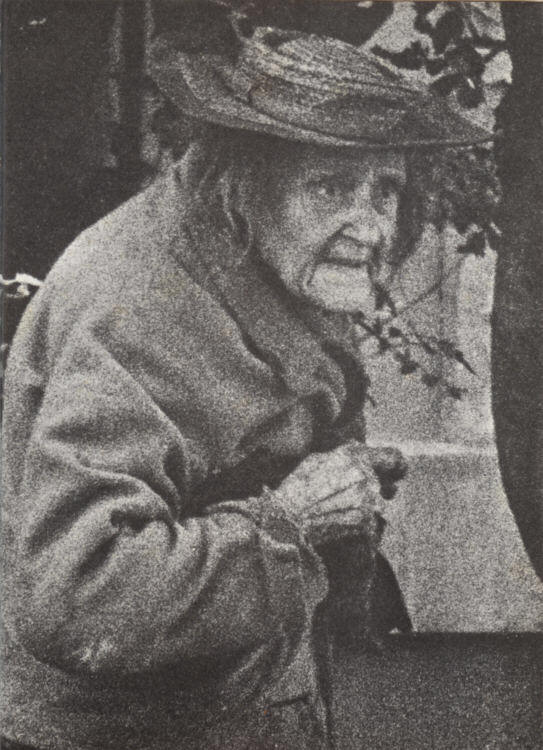|
Thom Gunn (1929-2004) Biographical information: http://www.interviews-with-poets.com/thom-gunn/gunn-note.html Biographical information: http://www.poets.org/poet.php/prmPID/109 Biographical information: http://www.sfgate.com/cgi-bin/article.cgi?file=/c/a/2005/04/25/DDGUFCD4SP1.DTL&type=printable Collection of comments on Gunn: http://www.arlindo-correia.com/121104.html
|
|
Painting & Photography: some similarities |
Painting & Photography: some differences |
|
Both are systems of representation which depict three dimensional reality on a two-dimensional surface. The painter is not tied to representationality in a narrowly mimetic way; the imagination, and the various ways of being expressive in a non-representational way, are freely accessible to the painter. Painting, for most of its history, invokes, and depends upon, the notion of art, and the criteria of aesthetics that ensue from a notion of art. Every painting is unique. In that sense it is elitist or has what Walter Benjamin called the aura of "cult value".
|
Photography is mediated through the camera, and thus its image-making is based largely on a mechanical device; while painting using chemicals and material objects (brushes, canvas, etc), it is more directly human in its agency. Photography is dependent entirely on what the camera "sees"; in that sense, it is fairly narrowly mimetic and literal about including in the image everything that is part of the field of vision of the camera lens. Photography serves several functions, many of which are pragmatic and functional in ways that make the notion of art (or aesthetics) not always central or even necessary for image-making. Every photograph is, in principle, reproducible. In that sense it democratizes the access of the consumer to the image.
|
|
John Szarkowski (The Photographer's Eye, 1966): "The first thing the photographer learned was that photography dealt with the actual; he had not only to accept this fact, but to treasure it... The photographer was tied to the fact of things, and it was his problem to force the facts to tell the truth... All photographs are time exposures ... and each describes a discrete parcel of time. The time is always the present.. Uniquely in the history of pictures, a photograph describes only that period of time in which it was made." Excerpts fromThe Photographer's Eye,: http://elmo.academyart.edu/study/ph101/Required%20reading/Szarksowski%20Photog%20Eye.htm Another source: http://www.photokaboom.com/photography/pdfs/John_Szarkowski.pdf
|
|
|
Key background essay: Walter Benjamin, "The Work of Art in the Age of Mechanical Reproduction" (1936) online text: http://www.marxists.org/reference/subject/philosophy/works/ge/benjamin.htm
|
|
|
Poem 1 She has been a germ, a fish, and an animal; even now she is almost without hair or sex. But the body is feeling its way feeling: the minute hands grip, the big baldish head beams, the feet press out in the strange element there is a perception of warm water, warm, but cooling |
|
Poem 2 The body blunders forward into the next second, in its awkward bold half-aware fashion, and getting there too — doing things for the first time. Precarious exploration from coast to interior: by which a workable route is opened, for the later transport of lathes, heavy crosses and crates through the undergrowth. Meanwhile, before the next push, a triumph, a triumph. |
|
Poem 3 But childhood takes a long time. Something is feeding on you,and it is what you feed on. The source of your strength guts you. Cars pass by on the street, and as you feel a loose tooth, in pleasurable pain, you think ‘there is pleasure in reaching a painful conclusion with a tooth or with a thought.’
|
|
Poem 4 ‘Drink Me’ ‘Eat Me’ and you grew or shrank. Here you have to wait. In a bus it is nice to ride on top because it looks like running people over.
|
|
Poem 7 and they start to cross the road, life swelling in them, but still contained — aware of their health, and cherishing their containment swelling buds compact segmented buds bees will come to them and pollen will encrust will weigh the treading of those black hairy legs till the bees are so heavy that they seem drunk, uncertain wavering in heavy flight from the flowers |
|
Poem 9 She rests on and in the laugh with her whole body, like an expert swimmer who lies back in the water playing relaxed with her full uncrippled strength in a sort of hearty surprise or the laugh is like a prelude: the ripples go outward over cool water, losing force, but continue to be born at the centre, wrinkling the water around it
|
|
Poem 15 She can't help it, can't help it. To find it is evening among the Dodgems, is luck, an overflowing like tears, uncontrollable: arc-lamps through the soft dusk, boys and girls dawdling over grass and chocolate wrappers. Something pulses in her, warm, rapid, and regular, with a music she can almost hear and to this music she dances the dance of her luck. |
|
Poem 16 She trembles slightly: her flesh feels hardly strong enough for the weight of white lace which seems to overwhelm her in her shy smile choice meets delight which is fair and fragile She is giving herself in trust so complete, so vulnerable to the attack of happiness that you catch your breath at the risk yet waiting she bears the lace like her own tender handmaiden how clear, how soft, and how firm
|
|
Poem 17 The responsibilities of marriage follow, of course: Tesco, Woolworth, and Archie's you will get home and I will give you a big tea on our own table.
|
|
Poem 23 We didn't do up this pub, though we painted the pipes round the walls gold, and we put up little chandeliers but it is still divided with ornate scrolled wood, there are still snob-screens in a twinkling row. There were big glass mirrors till the protection boys came and broke them, for a warning. About her routine, she moves from smells of hops and malt to medicinal or fruity smells, which haunt the polished wood, each in its place not like them redecorated pubs down Chelsea. |
|
Poem 30 You have no idea what a hard life a rich person leads. What with servants and jewels, and having to go to Harrods every day so as to purchase a big article and help use up the imports. It's quite a relief sometimes to sit down for a while with an espresso and a tiny slice of expensive cake. You have no idea, either, how hard it is seeming to lead such a life.
|
|
Poem 34 It is stone: and if ripples touch the base of its arches, he cannot feel them, cannot feel more than the flat stone of the bridge, and his bundle. It is not a symbolic bridge but a real bridge; nor is the bundle a symbol. The wind is cold, stone hard, and Salvation Army tea not sweet enough.
|
|
Poem 35 The mould from baked beans that even she can't eat edges onto the damp sticks, netting, bones, leaves, slabs of rust, felt, feathers, all disintegrating to an infected compost. The infection in it is slow, slight, deep, and it has certain needs, for see, it responds to warmth. Outside the abandoned house where she slept on old papers she stirs in the sun.
|
|
|
Poem 36 Poking around the rubbish, she can't find what she wants. Near Maidstone once, hop-picking with the four babies and Tom, she worked all day along the green alleys, among the bins, in the dim leafy light of the overhanging vines. In the village, shopkeepers put cages on their counters to prevent snatching. But Tom took something ! What was it? All in the rubbish heap now, some rotting, most clean vanished.
|
|
Poem 37 Something approaches, about which she has heard a good deal. Her deaf ears have caught it, like a silence in the wainscot by her head. Her flesh has felt a chill in her feet, a draught in her groin. She has watched it like moonlight on the frayed wood stealing toward her floorboard by floorboard. Will it hurt? Let it come, it is the terror of full repose, and so no terror.
|
|
Review Questions |
|
1. Comment on the choice of a monochrome format by Ander Gunn for all the photographs in Postitives. 2. How would you describe the textures of the images in Postitives? What would you regard as their significance to the overall impact or the images? 3. Do Thom Gunn's poems and Ander Gunn's photographs give any clues as to whether the image came first or the poem in any given pair? Does that matter to how we react to either? 4. Distinguish between sentiment-sentimentality, or pathos-emotion in any given pair of image and poem. 5. Do the poem-image pairs add up to a sense that the whole is greater than the sum of the parts? 6. What is the social context implied by each image? How does the poem develop that? 7. How do these pairs illustrate the idea that an image is "dumb", while a poem "speaks"? Is there an interpretive surplus that each poem provides for its corresponding image? 8. In what sense can poems and images be said to be telling the "truth" about something to do with the individuals represented in Positives? 9. To what degree can the subjects of the book be regarded as symbolic, or representative? 10. What do you learn about the relation between image and language from Positives?
|
|
Last Updated 8 March 2012 |
